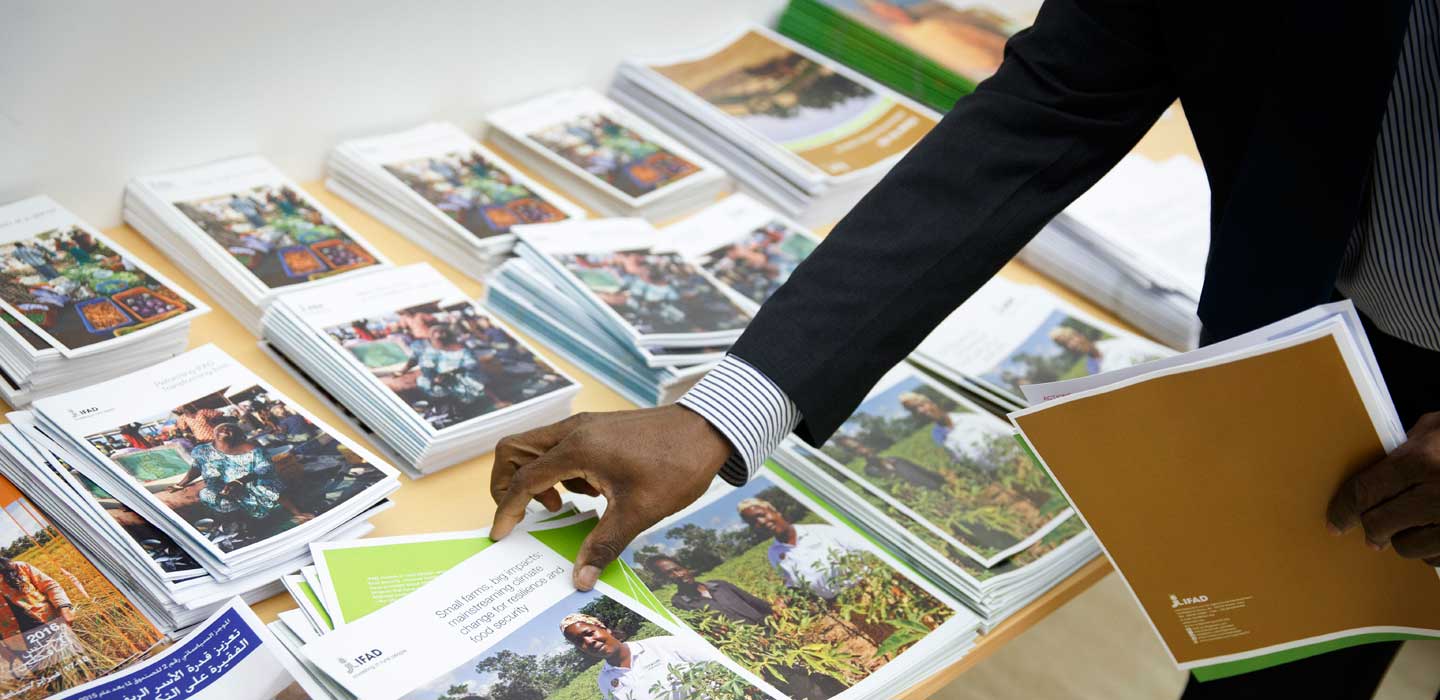Factsheets

صحف الحقائق
عرض القائمة
SearchResultsFilters
نتائج البحث
Managing weather risk for agricultural development and disaster risk reduction
Nearly 1.4 billion people live on less than US$1.25 a day. Seventy per cent live in rural areas where they depend on agriculture, but where they are also at risk from recurrent natural disasters such as drought and flooding. Natural disasters have a devastating impact on the food security and overall social and economic development of poor rural households.
According to data from Munich Re’s NatCatSERVICE, natural disasters account for losses, on average, of US$51 billion in developing countries every year. Unless well managed, weather risks in agriculture slow development and hinder poverty reduction, ultimately resulting in humanitarian crises. Poor farmers have few options for coping with significant losses, and in order to reduce their exposure to risk, they often forgo opportunities to increase their productivity.
Feeding future generations - Young rural people today – prosperous, productive farmers tomorrow - Concept note
Enabling poor rural to overcome poverty in Viet Nam
IFAD works for and with the poorest people in Viet Nam, including ethnic minorities, small-scale farmers and households headed by women. Strategies to reduce poverty and improve living conditions include building partnerships, strengthening institutional capacity and promoting participation. IFAD works with the government and other partners to empower poor rural people so they can have a role in decisionmaking.
To do this, IFAD finances programmes and projects that focus on developing and testing innovative approaches to poverty reduction that can be replicated and scaled up by the government and other agencies. Interventions are area-based and multisectoral. They target regions where poverty reduction is a priority.
Desertification factsheet
Desertification occurs when the tree and plant cover that binds the soil is removed. It occurs when trees and bushes are stripped away for fuelwood and timber, or to clear land for cultivation. It occurs when animals eat away grasses and erode topsoil with their hooves. It occurs when intensive farming depletes the nutrients in the soil.
Wind and water erosion aggravate the damage, carrying away topsoil and leaving behind a highly infertile mix of dust and sand. It is the combination of these factors
that transforms degraded land into desert.